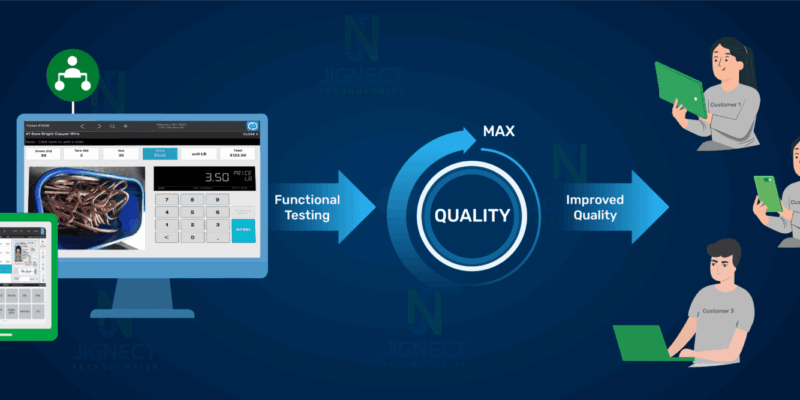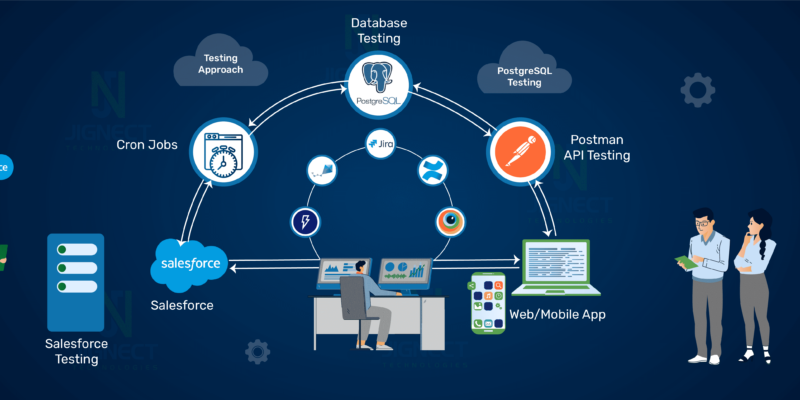Compatibility Testing of a Loyalty-Based Pet Products and Pet Selling platform using Device Lab & Cloud Testing Platform (BrowserStack)
Customer :
- The client is a leading website that focuses on pet products and pet sales. It offers a comprehensive platform that includes a wide range of pet-related products, services, and pet adoption assistance.
- Users can receive personalized product recommendations and earn loyalty points for future rewards.
- The website features various categories of products, such as food, toys, accessories, and healthcare items. Its main goal is to provide a user-friendly interface that is accessible on multiple devices and browsers, ensuring a consistent experience for all users.
- Additionally, the website offers a convenient repeat delivery option, allowing customers to schedule automatic deliveries at their preferred intervals. Users will receive notifications prior to each delivery and have the choice to confirm or cancel.
Challenges :
The challenges of compatibility testing for the pet product selling website are as follows :
Fragmentation of Devices and Operating Systems :
- With the increasing number of devices and operating systems available, achieving compatibility across all combinations becomes a daunting task. Each device and operating system may have unique features, screen sizes, resolutions, and hardware capabilities that must be considered during compatibility testing.
Browser Compatibility :
- Browsers have their own rendering engines and interpretations of web standards. Ensuring compatibility across multiple browsers, versions, and platforms adds complexity to compatibility testing. Each browser may have its own quirks, CSS support, and JavaScript behavior that can affect the functionality and appearance of the website. Cross-browser compatibility testing is essential to address these differences and ensure a seamless user experience.
Responsive Design :
- Ensuring that the website adapts and displays correctly across different screen sizes, orientations, and resolutions requires careful testing and validation.
Limited Resources:
- Maintaining a comprehensive device lab that covers all possible combinations of devices, operating systems, and browsers can be costly and time-consuming. Limited resources may restrict the number of devices and configurations that can be tested, potentially leaving some compatibility issues undetected.
Time Constraints :
- Compatibility testing can be time-consuming, especially when performed across multiple devices and browsers. Thorough testing of each combination can result in longer test cycles, which may clash with tight project timelines.
Continuous Updates :
- Operating systems, devices, and browsers are constantly evolving, with frequent updates and new releases. Compatibility testing needs to be an ongoing process to ensure compatibility with the latest versions and updates, adding an additional challenge to the testing effort.
Network Variability :
- Compatibility testing also needs to consider different network conditions, such as varying internet speeds, latency, and bandwidth limitations. Ensuring a website’s compatibility under different network scenarios is essential for providing a consistent user experience.
Solution :

To achieve the testing challenges, JigNect’s team utilized a combination of device lab testing and BrowserStack.
Device Lab Setup :
- A device lab was established, comprising a collection of real devices representative of the target user base. This lab included devices with different screen sizes, operating systems, and versions. These devices include different operating systems (e.g., Android, iOS, Windows), screen sizes, and resolutions. This lab allowed JigNect’s testers to simulate real-world usage scenarios, ensuring accurate compatibility testing.
Use Of Cloud Testing Platform – BrowserStack :
- BrowserStack, a cloud-based testing platform, was integrated into the testing process. BrowserStack provides access to a wide range of virtual devices and browsers for some specific devices which are not present on devices lab. JigNect’s testing team executed test cases on BrowserStack to cover a wider range of devices and browsers.
- Testing Process : The compatibility testing process involves the following steps:
- Test Planning : JigNect’s testing team collaborated with the development team to understand the website’s functionalities, user flows, and design elements. Test scenarios and test cases were created based on this information.
- Test Execution : JigNect’s testing team performed compatibility testing using the device lab and BrowserStack. They verified the website’s compatibility by testing its functionality, layout, and performance on different devices. Testing team has maintained a sheet in which they have documented test execution for different browsers, devices with screen sizes and operating systems. Test results were recorded, including any compatibility issues identified, such as rendering errors, broken functionalities, or UI inconsistencies.
- Defect Reporting : Any compatibility issues encountered during testing were logged in to Jira – a defect tracking tool, including detailed descriptions, device/browser information, detailed steps to reproduce the problem, expected results, and actual results.
- Defect Resolution : Testing team collaborated with the development team to address and resolve the reported issues. Testing team conducted retesting to ensure the defects are resolved.
- Regression Testing : To validate that the fixes and new features implemented in the website do not introduce any unintended compatibility issues, we conduct a thorough regression testing cycle.

Results and Benefits :
By leveraging device lab testing and BrowserStack for compatibility testing, the client gains several benefits, including:
Enhanced User Experience :
- Compatibility testing by JigNect’s testing team ensured that the website functions seamlessly across various devices and browsers, providing users with a consistent and enjoyable browsing experience.
Increased Customer Satisfaction :
- By eliminating device and browser-specific issues, the website minimizes user frustration and increases customer satisfaction, leading to improved customer loyalty and retention.
Expanded Market Reach :
- Compatibility testing ensured the website’s accessibility to a broader audience, including users with diverse devices and browsers. This expands the market reach and potential customer base.
Improved Revenue Generation :
- A compatible and user-friendly website encouraged visitors to spend more time browsing and purchasing, which increased the website’s revenue potential.
Conclusion :
Compatibility testing using device lab testing and BrowserStack is a crucial aspect of ensuring a pet product selling website’s success. By verifying the website’s compatibility across various devices and browsers, the website provided an optimal user experience, drove customer satisfaction, and maximized revenue. The combination of device lab testing and BrowserStack offers a comprehensive and efficient approach to achieve compatibility goals.
Witness how our meticulous approach and cutting-edge solutions elevated quality and performance to new heights. Begin your journey into the world of software testing excellence. To know more refer to Tools & Technologies & QA Services.
If you would like to learn more about the awesome services we provide, be sure to reach out.
Happy Testing 🙂



